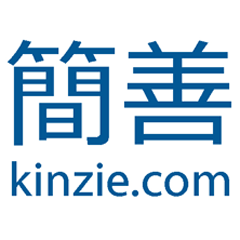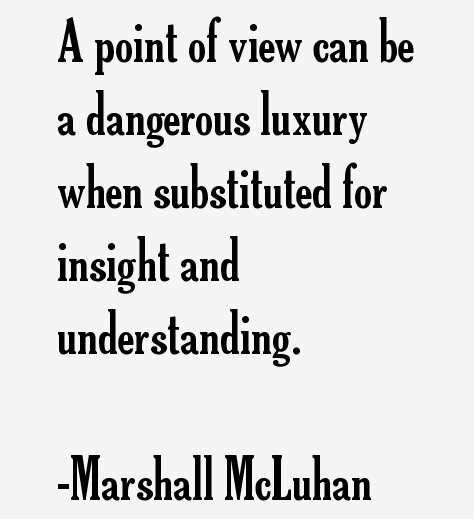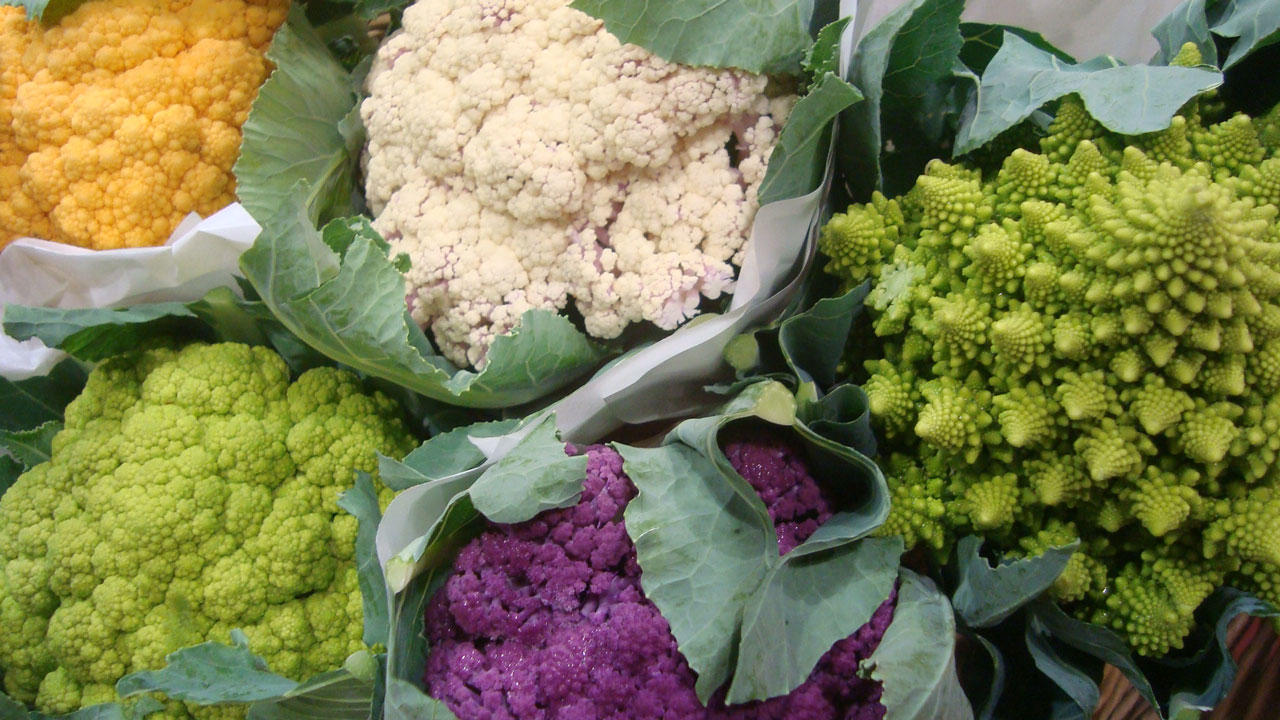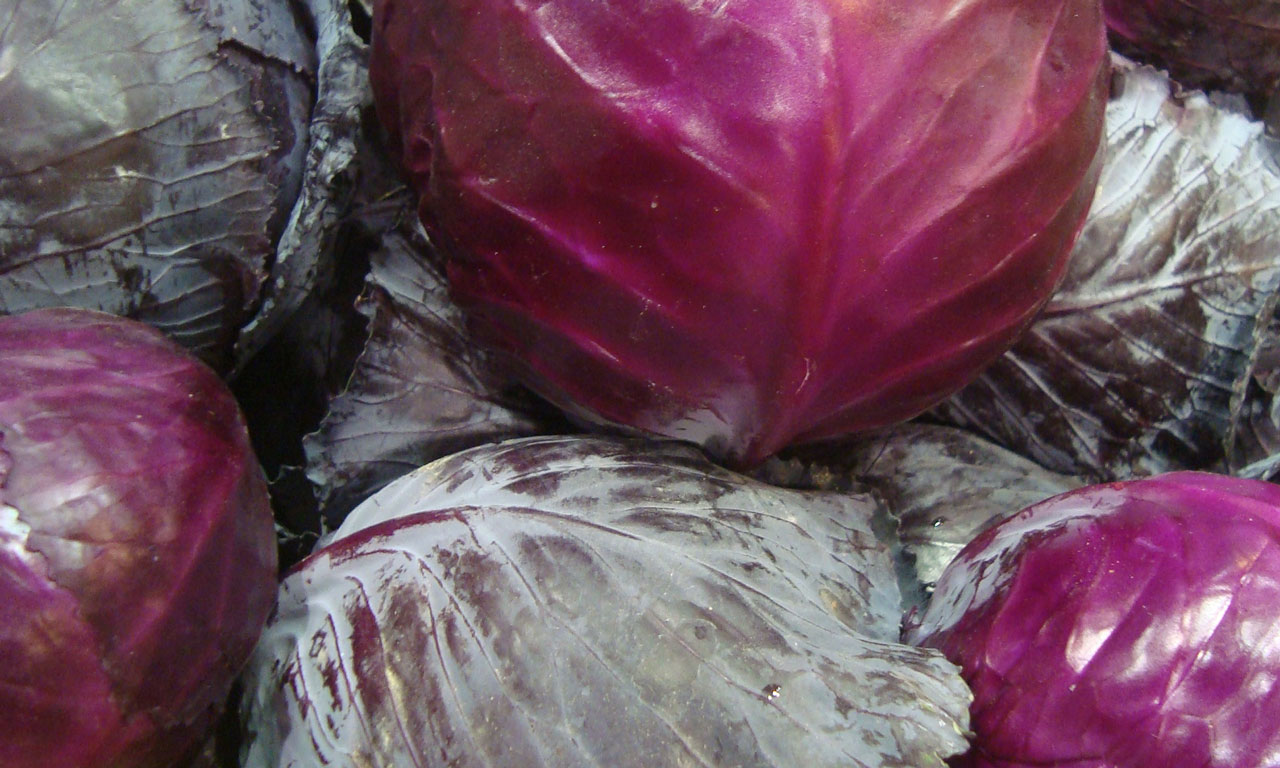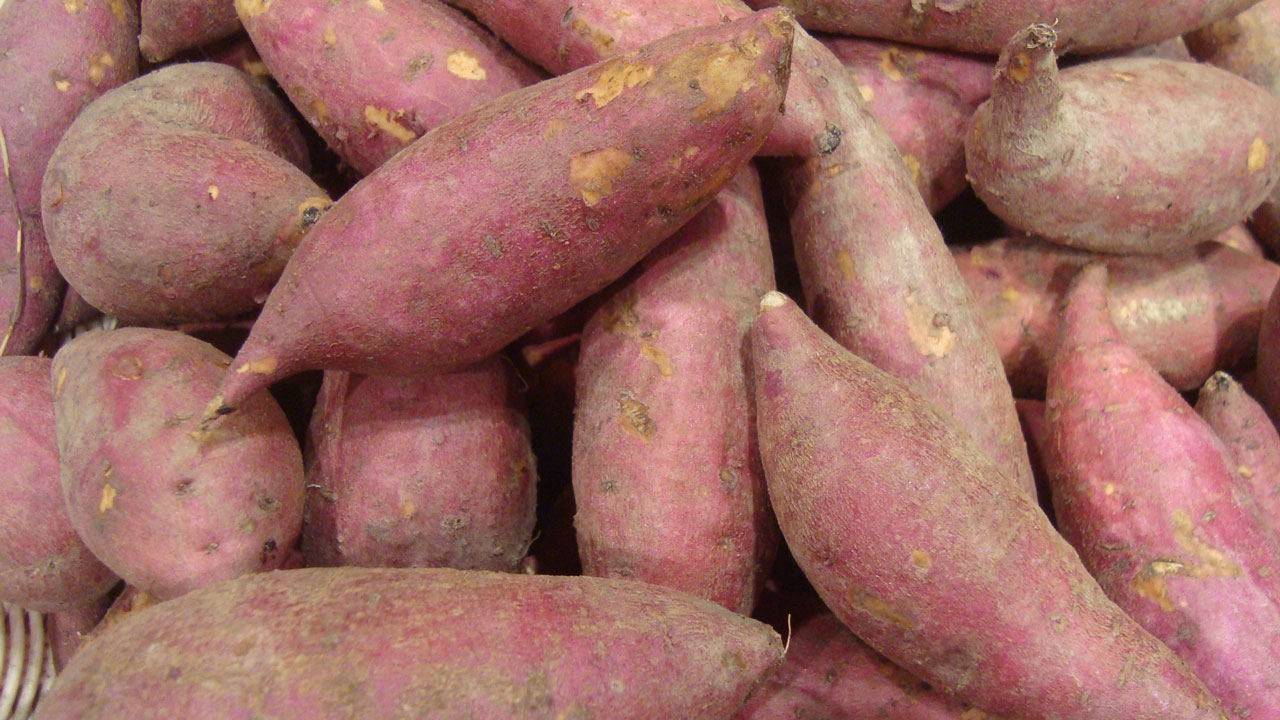Over the weekend, a long-time friend invited me to a remote private residence high in the hills for his birthday/leaving party. We hiked up Friday afternoon and solved all the world’s problems over a bonfire late into the night. There was no phone signal and, try as I might, I couldn’t connect to the wi-fi on Saturday morning. I took it as a sign and switched off.
We returned to civilization after a lovely lunch with new friends on Saturday and when I got home in the evening, I had lost the urge to check my phone so I decided to leave it off. The feeling remained when I woke on Sunday so I took the big decision, unplugged my wi-fi and left the world of social media behind me.
Over the course of the day, I became aware of how many times I have the urge to check something on my phone. If I hadn’t switched everything off, I might have given in, but discipline won out. By Monday morning, I was really beginning to believe I had missed something, but then I couldn’t imagine what that might be, other than a stupid pet trick or a host of posts about how we are fucking up the planet or a life hack to save time so I have more time to waste or a personal attack on a popular figure or two in the name of humor. I didn’t turn anything back on until after I finished my morning tea. I trusted my friends would still be my friends and probably wouldn’t even notice I had gone missing in cyberspace.
While I was disconnected, I began noticing things around my space that could use a little attention. I relaxed. I read. I cooked. I sorted. I cleared. I watched a movie. I did some writing with pen and paper.
I felt a sense of freedom lined with the guilt of being out of touch.
I make it my business to connect and until this weekend, I did not recognize the importance of a proper disconnect. I have started putting my phone in another room when I am relaxing and noticing the frequency of impulses to check it. I imagine it is like the impulse to light a cigarette or open a bottle of wine or switch on the tv or buy something frivolous just to feel better. I am seeing more digital detox retreats offered locally and by wellness sanctuaries across Asia and they all sound a bit like the rehab we could all use.
I have chosen to create a space where we can connect easily with each other for good. Taking time away from that space offers perspective. I started my week with a new feature to update you with fresh listings on the website directory. Today, I am running late with the newsletter because everyone’s back from holiday and calendar listings are backing up because the new design takes more time, but I will learn to live the cost of rest.
My constant near and far connecting with others has come at the cost of a connection here and now with me.
In our world with diminishing privacy, it is essential we give ourselves a bit of private time.
How will you switch off for you?
[from HK heartbeat]
